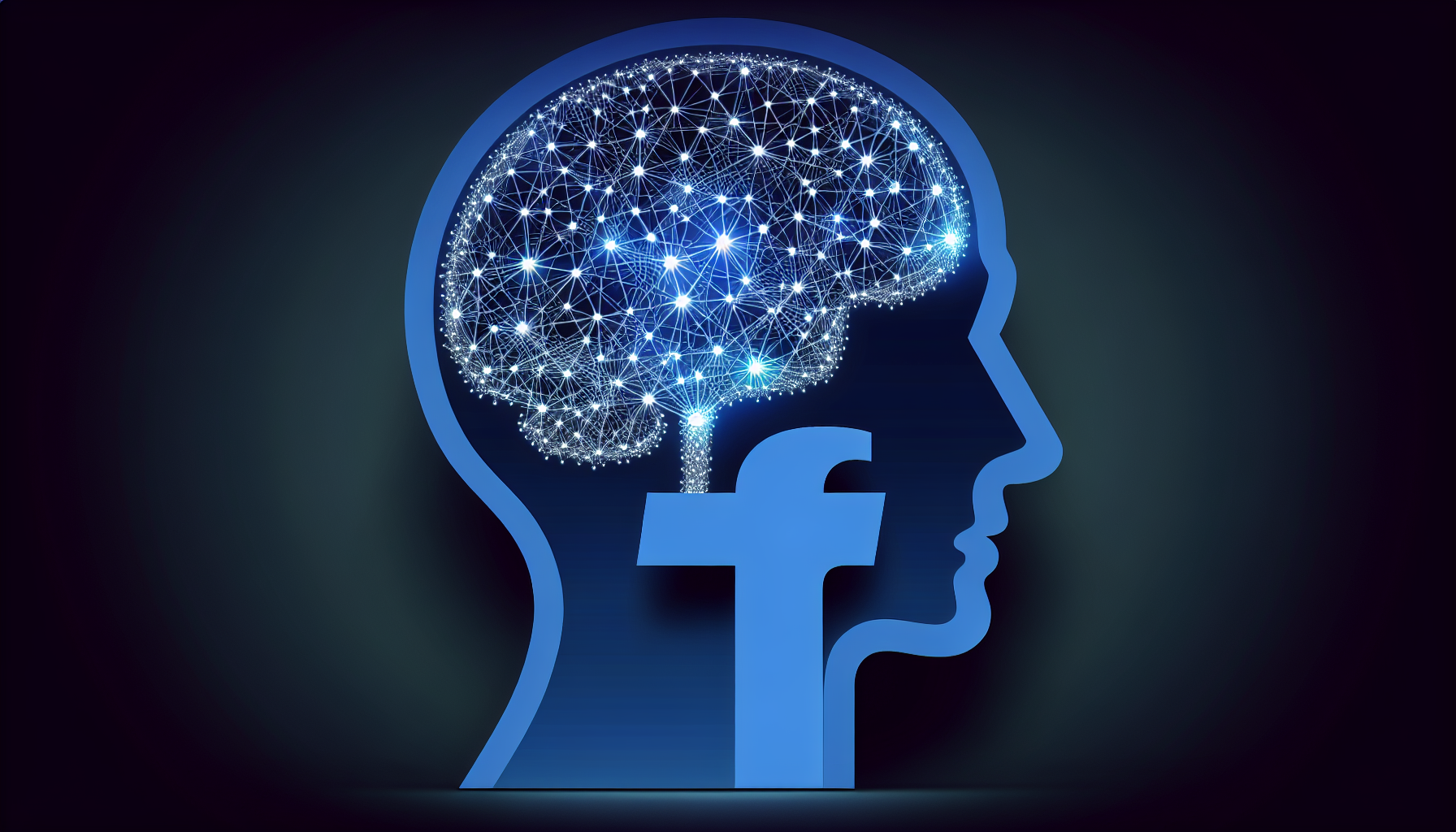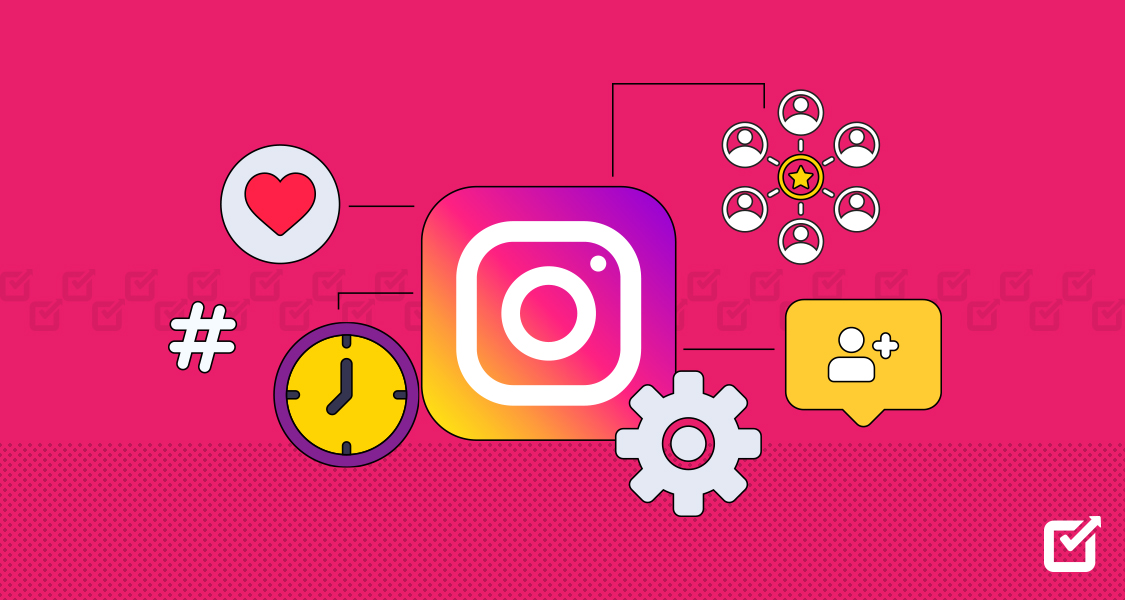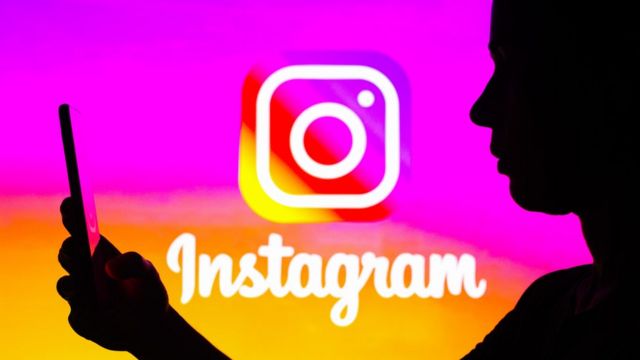Our journey through this article will begin with a look back at the foundations of traditional marketing, explore the dynamic rise of digital marketing, and the necessity of integrating both approaches to craft compelling marketing strategies in today’s world. Furthermore, we will explore the cutting-edge technological innovations that drive marketing 4.0, from the omnipresence of social media to the predictive powers of big data, which are instrumental in achieving unparalleled brand building and awareness. By navigating through these sections, we aim to provide a comprehensive roadmap for effectively understanding and applying marketing 4.0 tactics, highlighting the critical elements businesses must embrace to thrive in this new era.
Understanding the Evolution of Traditional MarketingIn exploring the evolution of traditional marketing, we’ll delve into its origins, significant growth in the 20th Century, and the pivotal role of television and commercial ads.
Contents
Origins
Marketing’s journey began thousands of years ago, deeply rooted in the fundamental needs of early human civilizations. The inception of marketing can be traced back to ancient trade routes, where Mesopotamian merchants utilized clay tablets for transactions, serving as the earliest forms of business documentation. As civilizations advanced, the art of persuasion developed, laying the groundwork for marketing strategies. This was evident in ancient Egypt, where hieroglyphics were used to advertise goods and services, and in ancient Greece and Rome, where public announcements promoted upcoming events. The print revolution in the 15th Century, sparked by Gutenberg’s press, marked a significant shift towards modern marketing. This innovation expanded business communication through printed mediums like posters, pamphlets, and newspapers, leading to the birth of advertising agencies.
Growth in the 20th Century
The 20th Century was a period of rapid transformation for marketing, primarily driven by the Industrial Revolution’s boost to mass production. This era saw the rise of innovative marketing channels such as newspaper ads, catalogue shopping, and department stores, which significantly increased the accessibility of goods. The focus during this period was on advertising product features and functionality with little regard for creating strong emotional connections with consumers. However, by the 1950s, companies realized the importance of understanding and meeting customer needs. This shift led to the adoption of marketing management practices and strategic marketing planning by the 1960s, placing the customer at the centre of marketing activities.
Television and Commercial Ads
Television commercials emerged as a dominant force in the marketing world, offering unique benefits that other mediums could not match. They could reach a massive audience, as TV networks broadcast to millions of viewers, providing advertisers with opportunities to present their messages to a diverse and engaged audience. The impact of TV commercials on brand awareness and recognition was profound. They could create memorable experiences through visual and audio effects and evoke strong emotional connections with viewers using creative elements like music and lighting. This era also saw the rise of celebrity endorsements, further enhancing the effectiveness of TV advertising by associating brands with famous public figures.
Through this historical lens, we see how traditional marketing has continuously adapted to meet the evolving needs of consumers and businesses alike, setting the stage for integrating digital strategies in the era of Marketing 4.0.
The Rise of Digital Marketing
Introduction of the Internet
The introduction of the internet was a game-changer in marketing strategies. Previously, businesses relied on traditional methods such as print and television commercials to reach their audience. However, the internet’s arrival revolutionized this approach, enabling companies to access a global audience with just a few clicks. The necessity for an online presence became undeniable, as evidenced by the fact that 81% of people stated they would not buy from a business without a website. This digital shift expanded the reach and altered consumer behaviour, with 81% of shoppers conducting online research before purchasing.
Emergence of Social Media
Social media has profoundly transformed the landscape of digital marketing. From its early days as a platform for personal communication, social media evolved into a critical tool for marketing and brand building. The first known social media platform, Six Degrees, introduced in 1997, marked the beginning of social networking, allowing users to upload profiles and connect with others. This laid the groundwork for platforms like Facebook, which rapidly expanded from a university network to a global powerhouse businesses use to communicate with customers and enhance brand awareness. Today, platforms such as Facebook, Twitter, and Instagram are not just tools for engagement but also crucial for influencer marketing, where brands collaborate with individuals with significant online followings to promote their products.
Big Data Analytics
The role of big data in marketing is not just significant but transformative. Big data analytics involves analyzing large sets of data to uncover patterns and insights that can lead to more effective marketing strategies. This process has enabled businesses to understand consumer behaviours and preferences much deeper, unlocking the power and potential of data-driven marketing strategies. Companies now utilize big data to segment their audiences more accurately and tailor their marketing messages to specific groups, significantly enhancing engagement and conversion rates.
Through these developments, the rise of digital marketing has changed how businesses reach and interact with their consumers and how they strategize and adapt to continually evolving consumer expectations and technological advancements.
Integrating Traditional and Digital Marketing
Synergistic Strategies
We are in a transformative era where integrating traditional and digital marketing strategies is beneficial and essential for maximizing reach and impact. By understanding the unique strengths of each channel and using them in harmony, we can propel our businesses towards success. This synergy captures audience attention across multiple touchpoints and reinforces our brand message consistently across all platforms, inspiring us to adapt and evolve in the ever-changing marketing landscape.
Challenges and Solutions
However, merging these two worlds comes with its set of challenges. Coordination between traditional and digital teams is crucial and often difficult, requiring robust communication and collaborative strategies. We also face the hurdle of maintaining a consistent brand message across diverse channels, essential for a cohesive strategy. To tackle these, we must prioritize audience needs and allocate our budget wisely, ensuring that every dollar spent is done strategically to yield the best ROI. Continuous improvement through tracking and measuring the performance of integrated campaigns allows us to refine and optimize our strategies effectively.
Case Studies
Consider some success stories where brands have excelled in integrating traditional and digital advertising. Coca-Cola’s “Share a Coke” campaign is a prime example, combining traditional print advertising with personalization and amplified through social media hashtags and user-generated content, achieving tremendous consumer engagement. Similarly, Budweiser transformed its iconic “Whassup” campaign for the digital age, leveraging social media channels and interactive website elements to engage a new generation of consumers. These cases exemplify how a well-crafted marketing strategy that seamlessly blends traditional and digital tactics can overcome obstacles and lead to epic success.
Technological Innovations Driving Marketing 4.0
Artificial Intelligence and Machine Learning
Integrating Artificial Intelligence (AI) and Machine Learning (ML) in marketing strategies revolutionises how we understand consumer behaviour and engage with our audiences. AI and ML are pivotal in transitioning from traditional marketing methods to what is now known as Marketing 4.0. These technologies enhance the human-to-human experience by better understanding customer needs and behaviours.
Machine learning, a key component of AI, empowers algorithms to adapt based on the data they process. This capability allows for dynamic adjustments to marketing campaigns and strategies based on real-time data analysis. For instance, machine learning algorithms can analyze vast customer data, such as online behaviour, purchase history, and social media interactions, to develop highly accurate customer profiles. This data-driven approach enables us to predict individual preferences and buying behaviours, tailoring marketing efforts to meet the unique needs of different customer segments.
Furthermore, machine learning facilitates the optimization of marketing campaigns without requiring manual A/B testing. Algorithms can automatically test different variables, such as ad creatives and calls-to-action, and adjust to enhance campaign performance. This not only improves efficiency but also significantly increases the effectiveness of our marketing efforts .
Augmented Reality
While the factual key points do not provide specific details on Augmented Reality (AR), it’s important to recognize AR as an emerging technology that could complement AI and ML in enhancing Marketing 4.0 strategies. AR can potentially create immersive experiences that could transform customer engagement and interaction.
Leveraging Data for Strategic Advantage
The role of big data in marketing cannot be overstated. By leveraging machine learning, we can harness the power of big data to gain insights into customer behaviours and preferences. This enables us to segment our audience more accurately and tailor our marketing messages to specific groups, enhancing engagement and conversion rates.
Machine learning also plays a crucial role in budget allocation across various channels and campaigns. By analyzing historical data and market trends, algorithms can dynamically allocate resources to optimize the return on investment. This strategic use of data ensures that our marketing efforts are effective and cost-efficient.
The technological innovations driving Marketing 4.0, particularly through AI and ML, are setting the stage for a new era where data-driven insights and intelligent algorithms fuel our marketing strategies. As we continue to explore and integrate these technologies, we are better positioned to deliver personalized experiences and achieve greater success in our marketing endeavours.









